-

The glossy leafed Eupomatia laurina
This ancient flowering plant has a fossil record of 120 million years, it’s primitive flowers are a legacy from Gondwana. Isn’t that mind blowing!? The perfumed, glossy green tree with edible fruits is the perfect addition to a bush food garden. My Mum’s Eupomatia laurina is flowering and this is the first time we have…
-
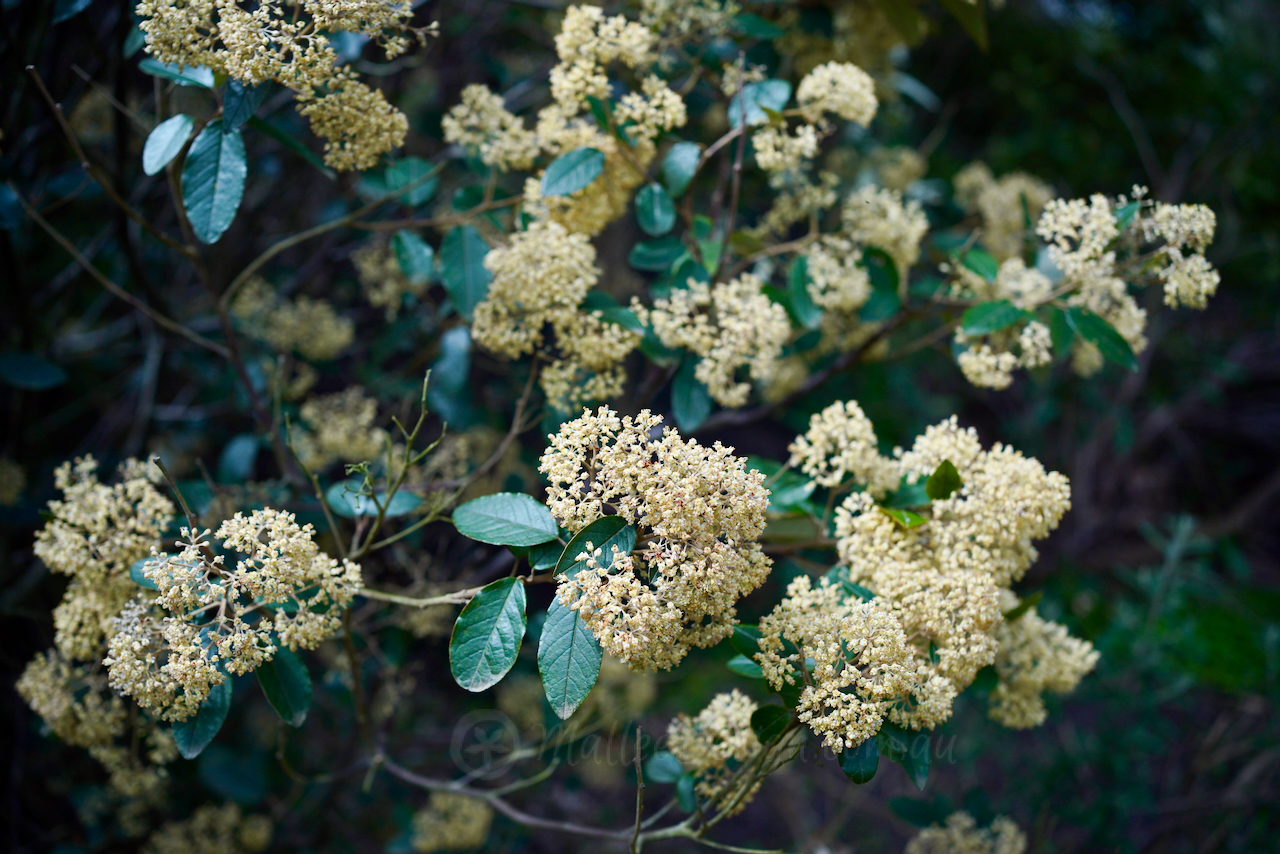
Pomaderris Elliptica: feature screening
After much sleuthing and a little bit of travel I have finally figured out which Pomaderris I saw flowering its head off in Cranbourne Botanical gardens last year. It only took a quick dash around Hobart Botanical Gardens, a few weeks ago, where I spotted it with a label! I am also guilty of planting…
-
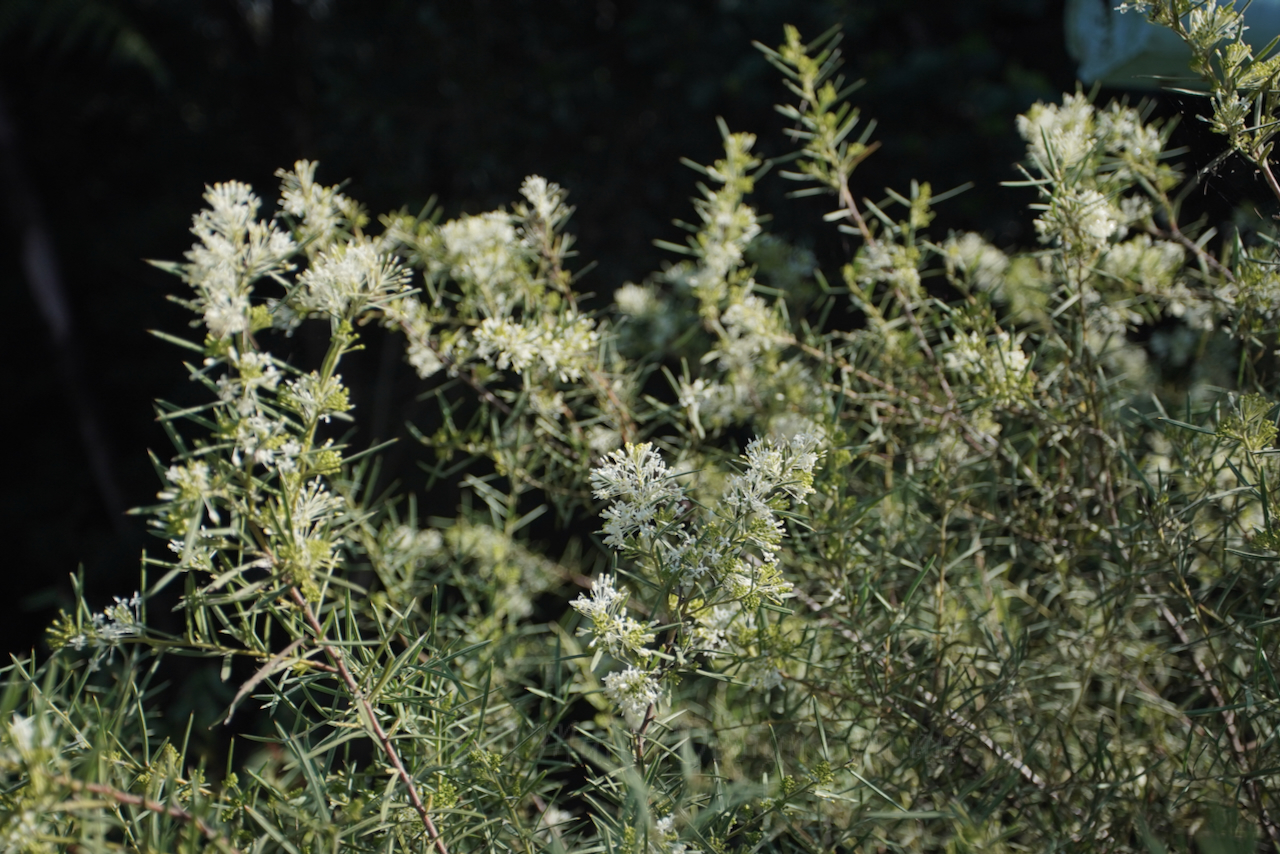
Grevillea anethifolia: Prefectly Prickly
This Grevillea is commonly known as the ‘Spiny Cream Spider Flower’ and is very aptly named. The leaves have needle like points and the whole plant makes a wonderful dense prickly shelter for small birds. These photos were taken in the Illawarra Grevillea Park, I also have a grafted Grevillea anethifolia growing happily in my…
-
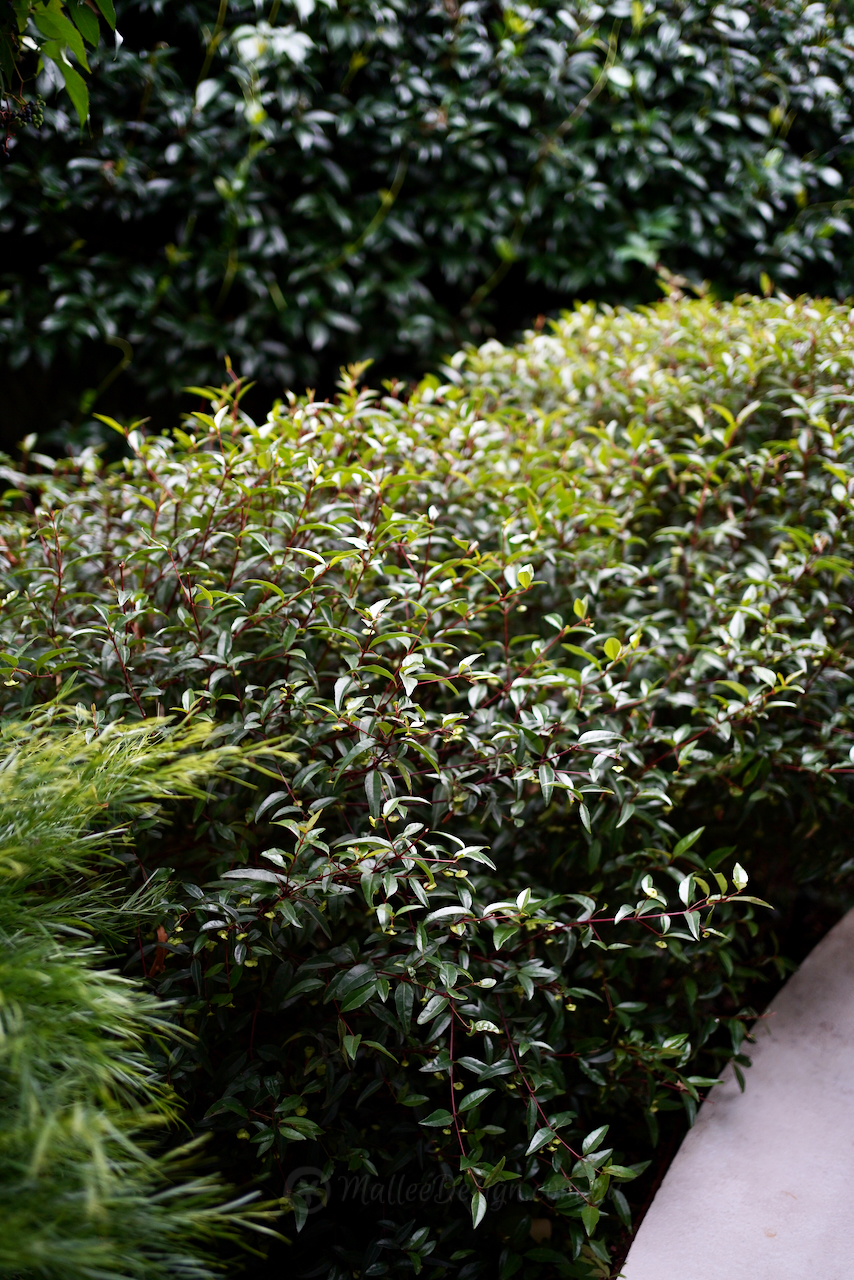
Correa baeuerlenii
Here is another of my very favourite Correas that is such a useful plant in the landscape. Correa baeuerlenii or Chef’s Hat Correa is found naturally growing on the south coast of NSW on shady, damp sites, therefore it grows happily under large trees and will cope with periods of dry and also light frost.
-
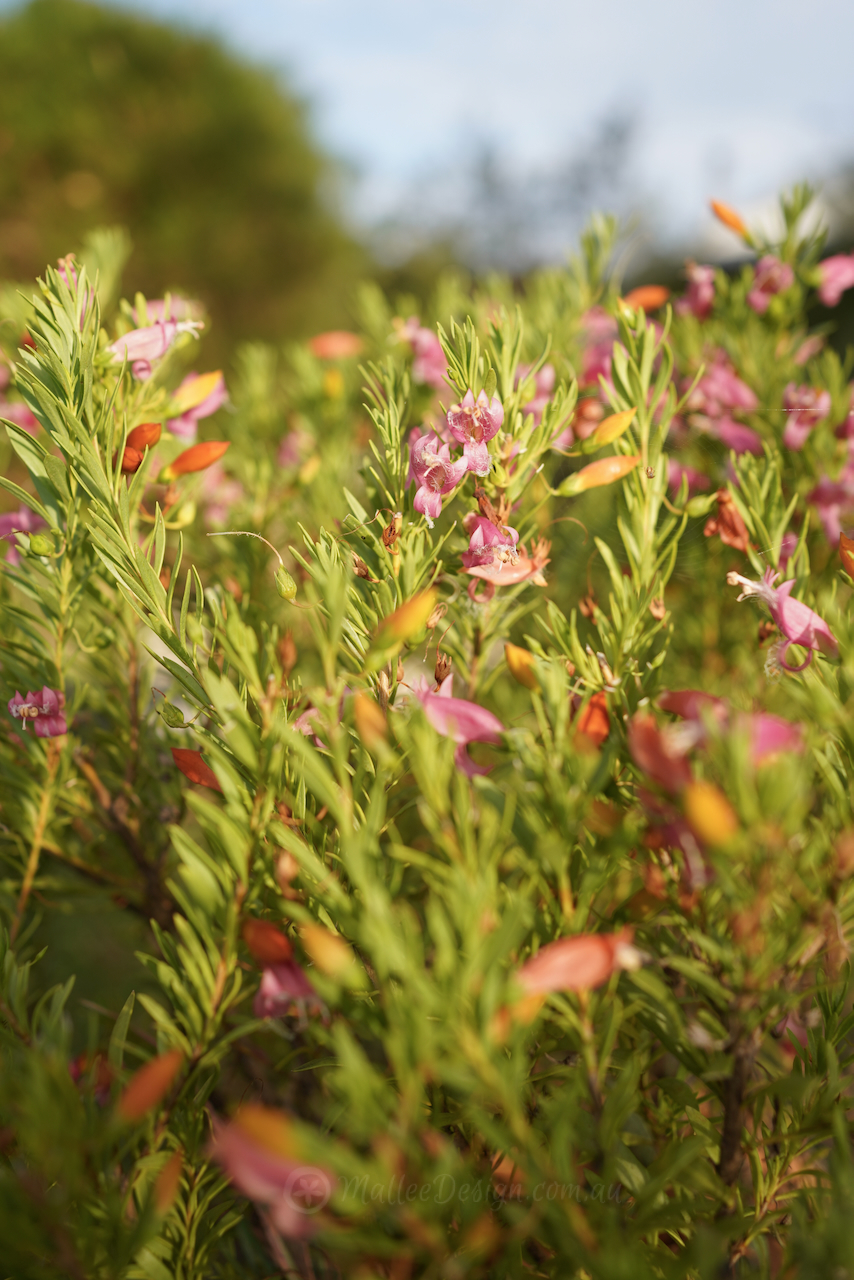
So much Joy: Eremophila racemosa x maculata ‘Fairy Floss’
This Emu bush is always a great performer in a difficult postion, providing so my joy with its multicolured buds and blooms. I have been growing Eremophila ‘Fairy Floss’ for a number of years now and have found it to be particularly tough and hardy. What I didn’t realise was that it is a cross…
-
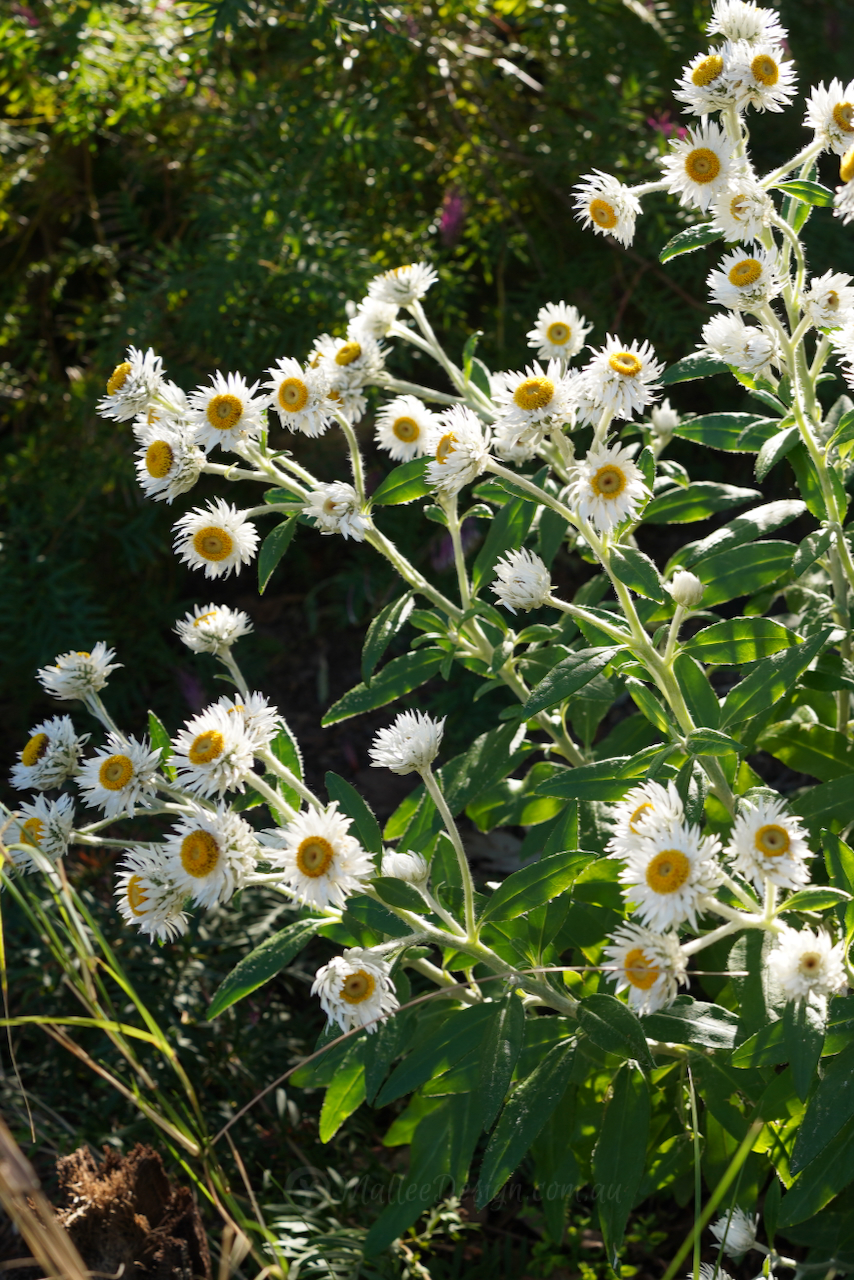
Coronidium elatum: The lesser Known paper daisy
This is a paper daisy which you may have seen growing in the bush, popping its flower heads up but often looking quite scraggly. Well the good news is this species of paper daisy makes a wonderful garden specimen. It responds so well to pruning, it can be shaped into a small shrub and will…
-
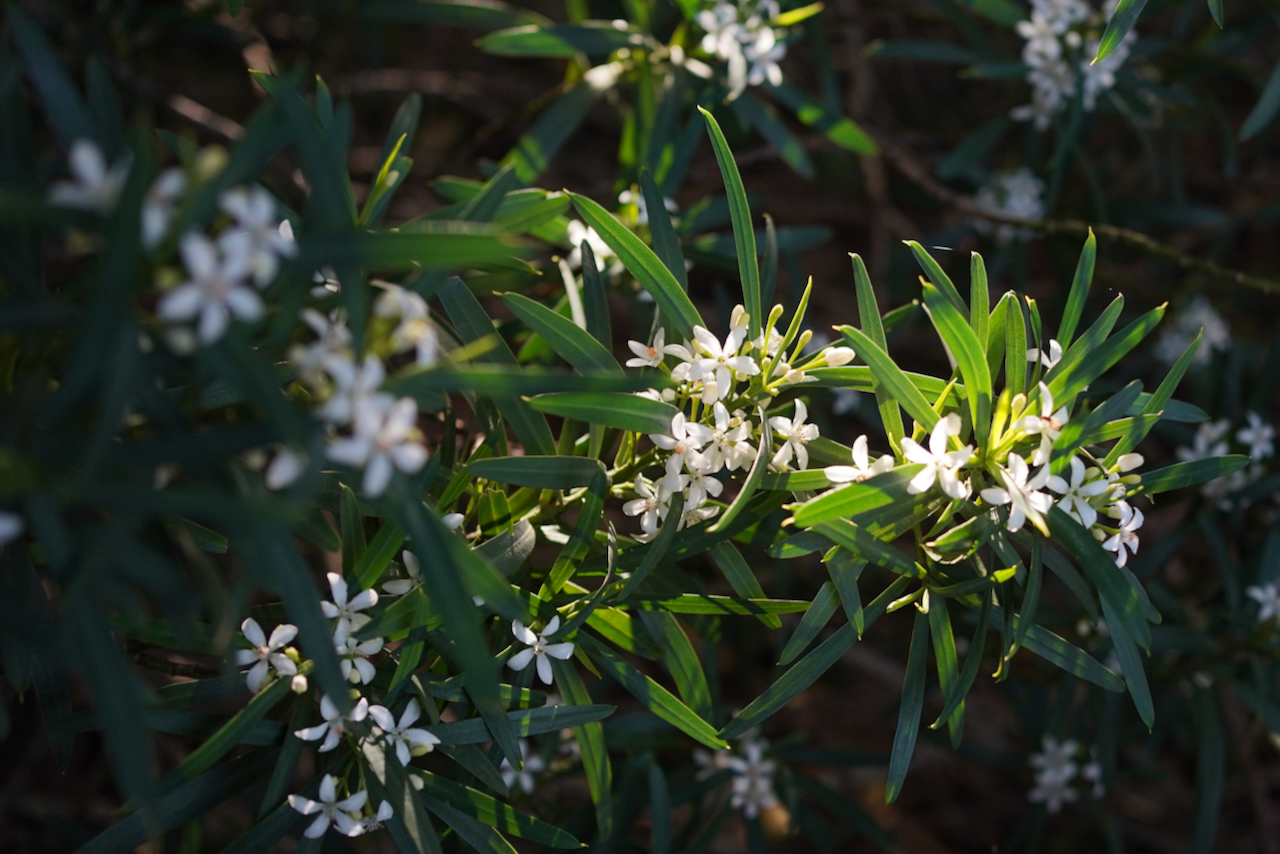
Philotheca myoporoides and it’s many forms
This gorgeous shrub is called Wax Flower or Philotheca, which apparently means “loving receptacle”. And that it is, providing plenty of flowers for pollinators and scent for humans, it is a very hardy species which can handle sun and shade in equal measure. Because of its hardiness it is one of the most widely cultivated…
-
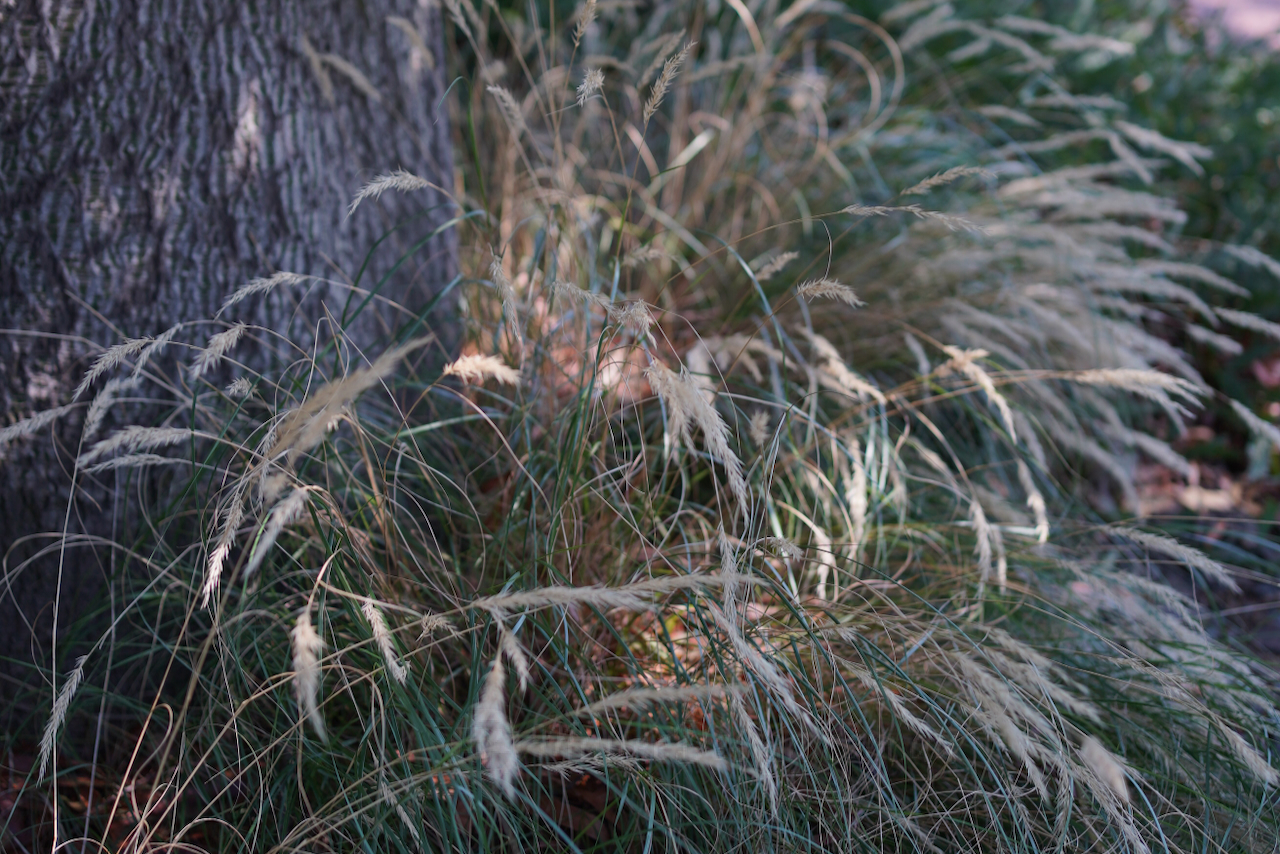
The little brother:Rytidosperma racemosum
I don’t know why but I have always thought of Wallaby Grass as the little brother to Kangaroo Grass. I adore native grasses, they are such an important part of a native planting palette, providing texture and movement and they also play a crucial role as a food source for wildlife. This sweet little native…
-
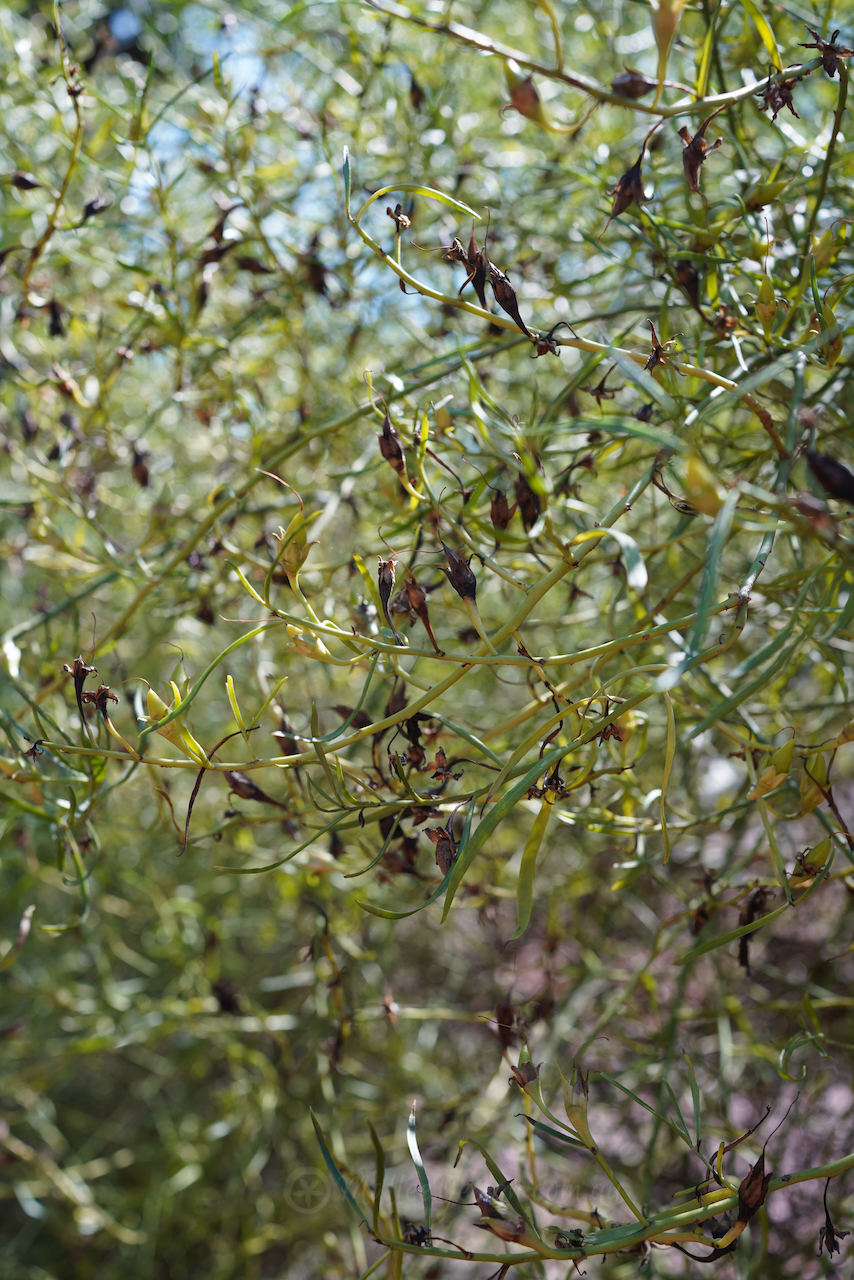
The multifaceted Eremophila Polyclada
This is Twiggy Emu Bush, lives up to its name, this facinating emu bush seems to be showy no matter what stage of flowering it is at. The spent flowers leave behind these showy yellow fruits , and sometimes also left behind is the black remains of the petals, this creates a mix of white,…
-
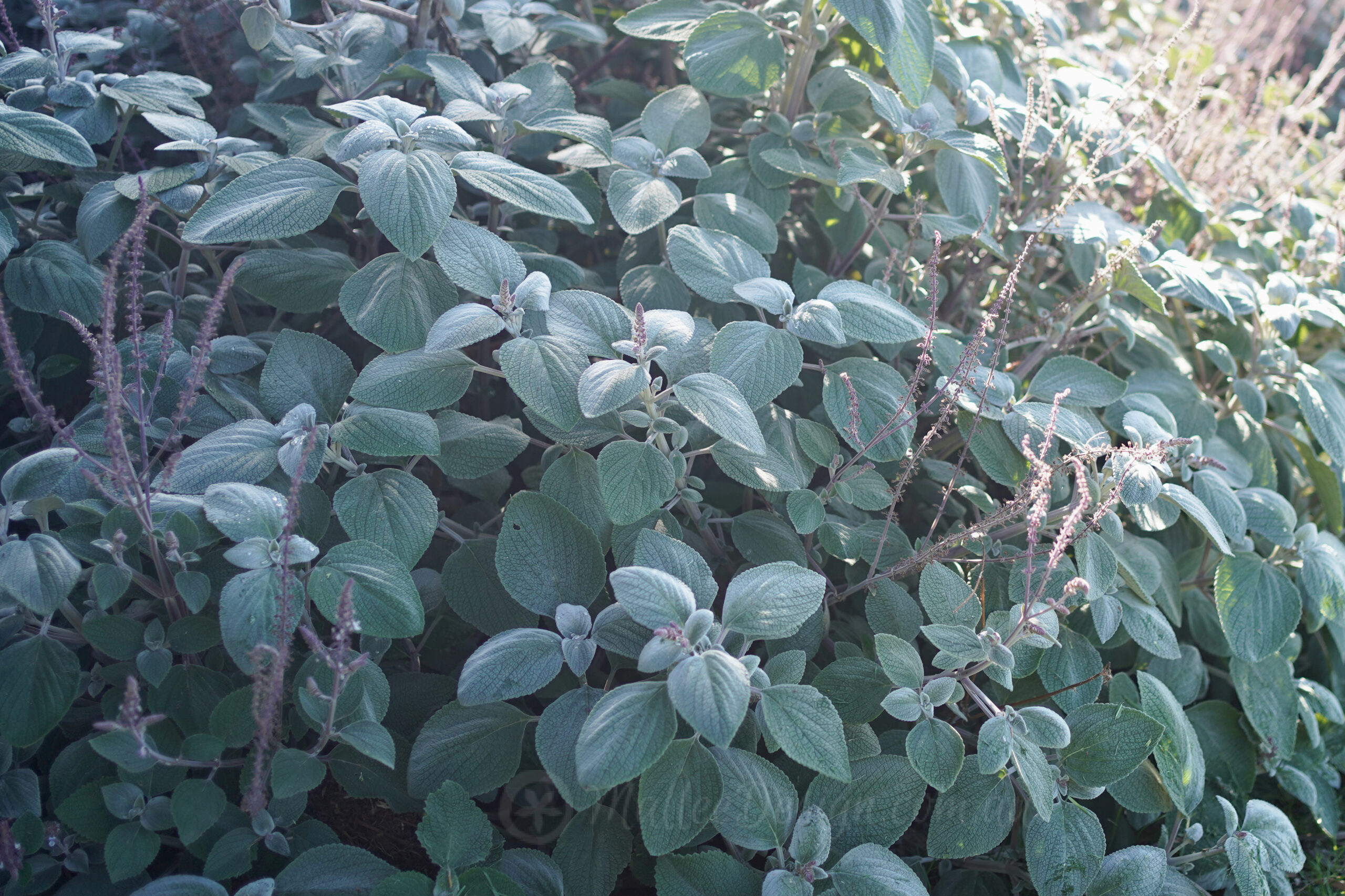
Silver in the Shade: Plectranthus argentatus
If you are looking for a native under story plant to grow where no plant has succeeded before give Plectranthus argentatus a try. It will grow in the dry soil under large trees and ramble about filling in bare patches creating a dense silver layer to a dark forgotten corner. Plectranthus argentatus has a lightly…
-
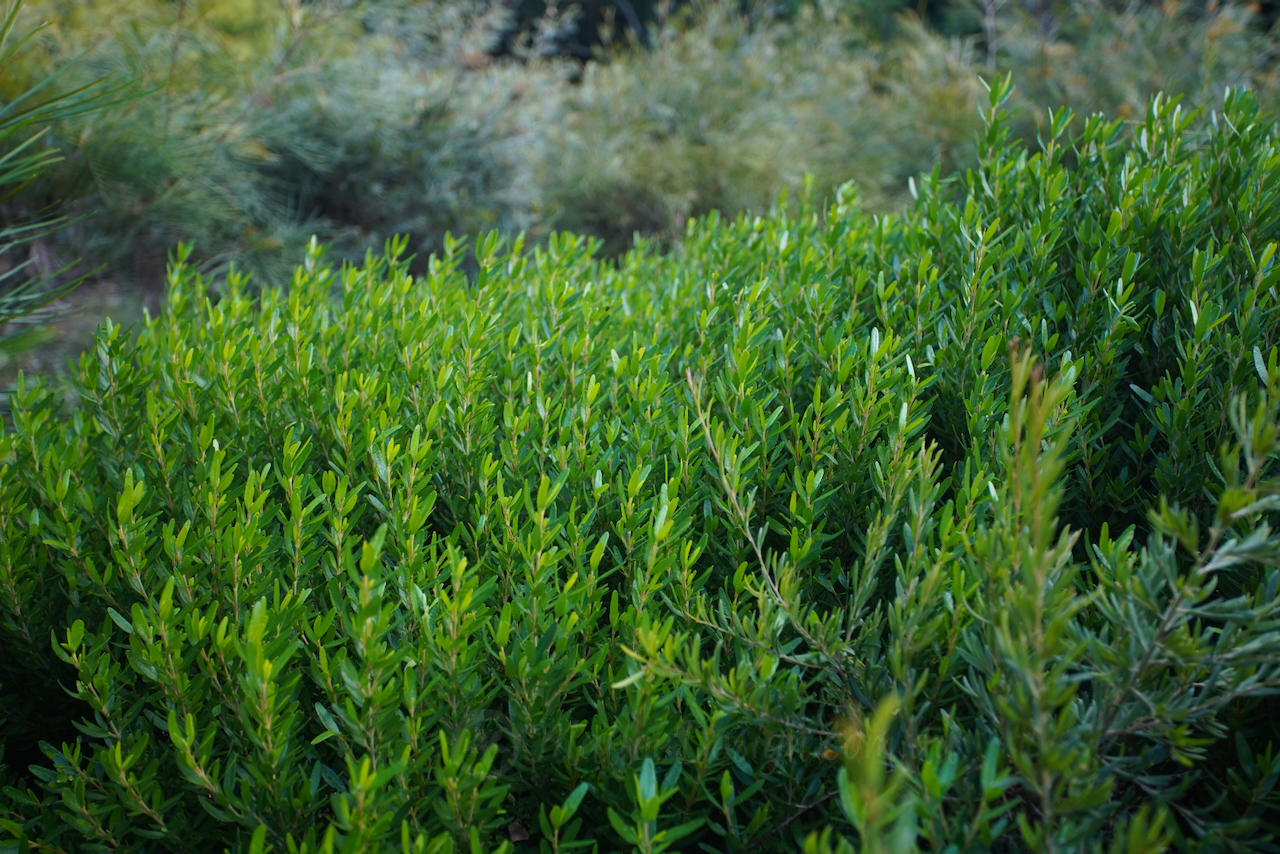
however you like it: correa glabra
This small to medium shrub is commonly known as Rock Correa, due to its ability to grow in gravelly soils, making it super tough. I absolutly love Correas but find it quite difficult to grow them in my location. Correa glabra is easily the toughest one I use in coastal NSW gardens. In fact the…
-
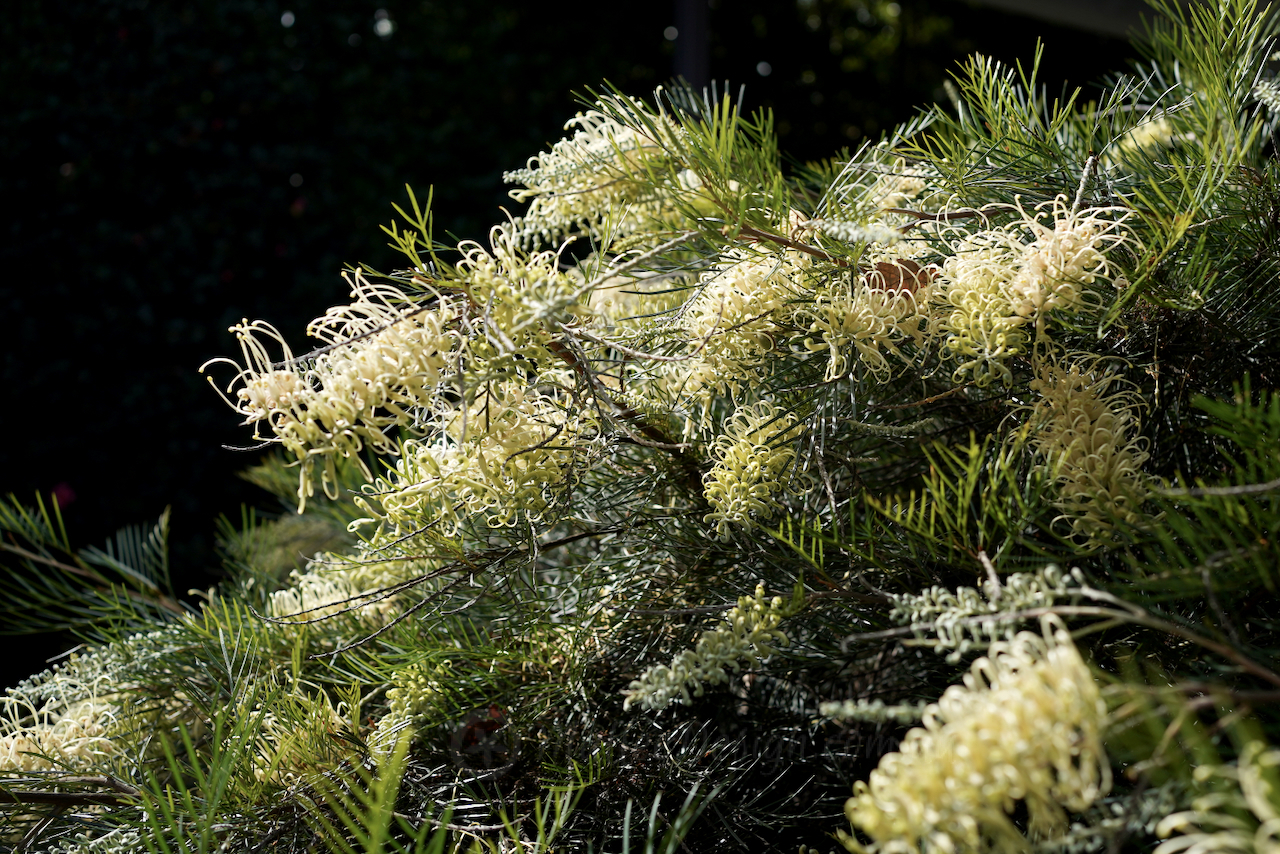
The purity of Grevillea ‘Ivory Whip’
I am quite selective and fussy when it comes to large flowering spike Grevilleas, some of them I find incredibly garish and I dislike the way they attract the aggressive nectar feeding birds. For some reason this medium sized Grafted Grevillea remains an exception for me. The flowers of Grevillea ‘Ivory Whip’ are not in…
-
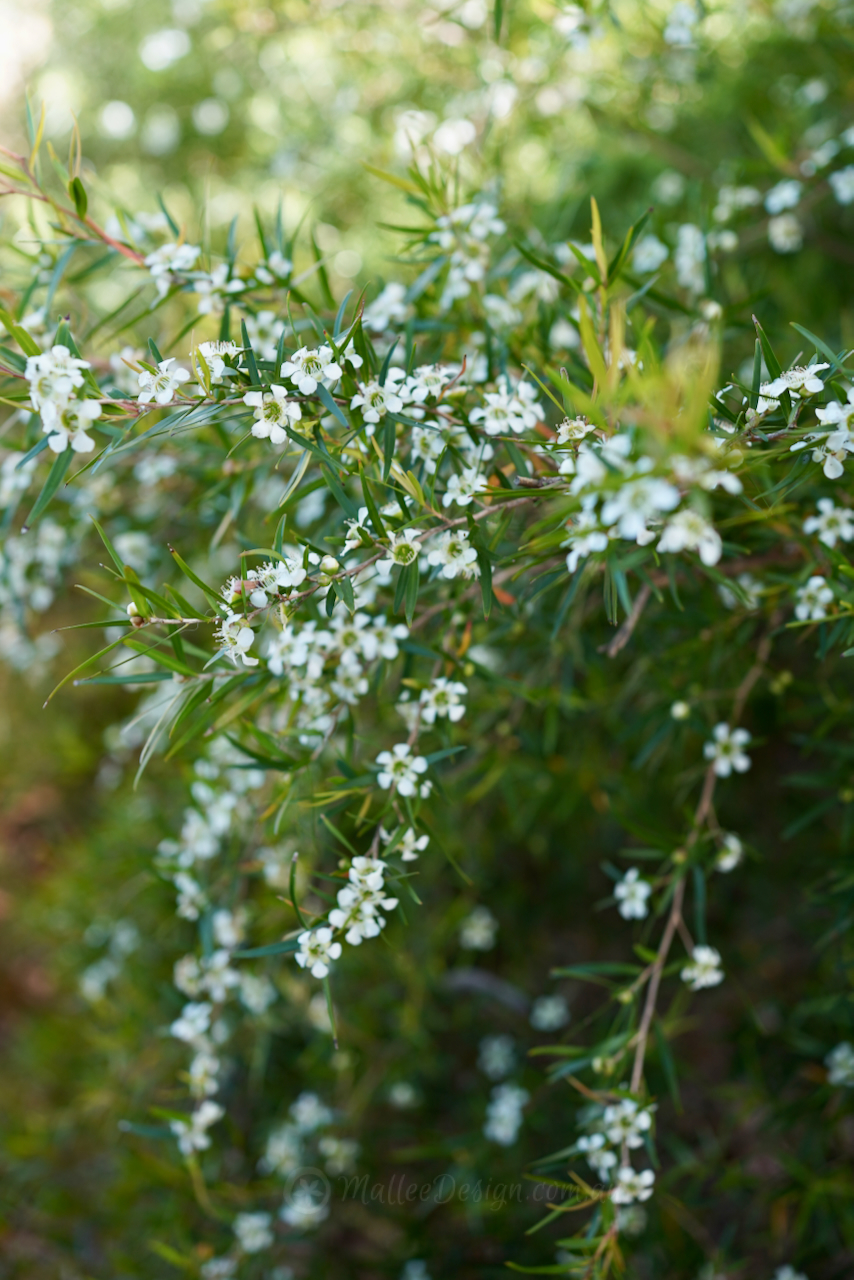
The perfect Scented Screen: Leptospermum ‘Little Lemon Scents’
This dwarf graceful, weeping tea tree is a wonderful addition to any garden, it can be used as a privacy screen, in a mixed hedge or as a soft backdrop in a layered planting. The compact habit of Little Lemon Scents is far smaller growing and more shapely than its parent, Leptospermum petersonii (Lemon-Scented Tea…
-

Hakea ‘Pinball’ for all
This is a grafted form of the very showy Pin Cushion Hakea, Hakea laurina, which hails from south-western WA. This is a wonderful grafted species which means we can now grow these very iconic flowers in areas with higher humidity and a heavier soil, it is actually also a cultivar: Hakea laurina x petiolaris. I…
-
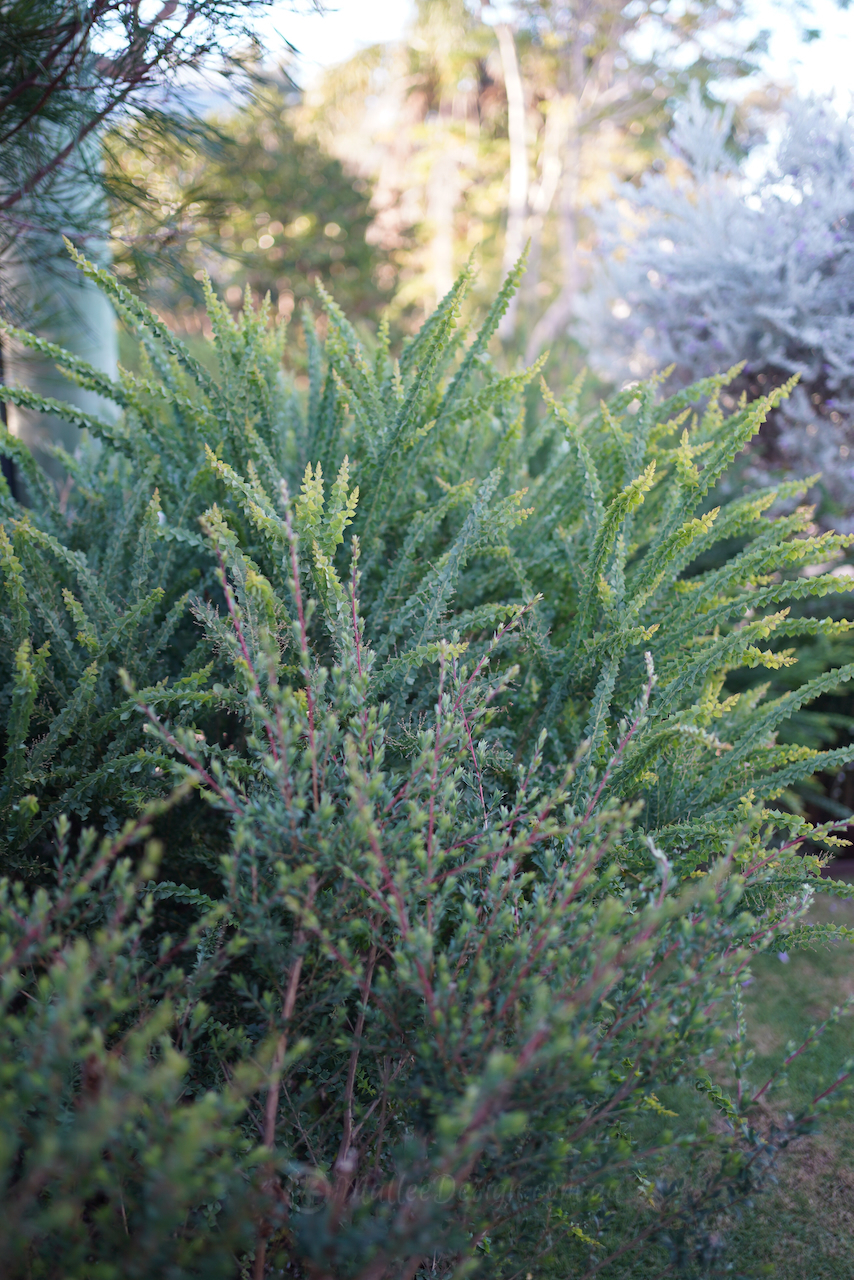
What to Plant for Poorly Drained Soils and temporary inundation
I am adding to this post as here on the East coast of NSW we continue to have flooding, heavy downpours and associated erosion. It has been over 3 years of this tumultuous weather and this particular blog post has been getting quite a lot of visits. The past few years have also given me…
-
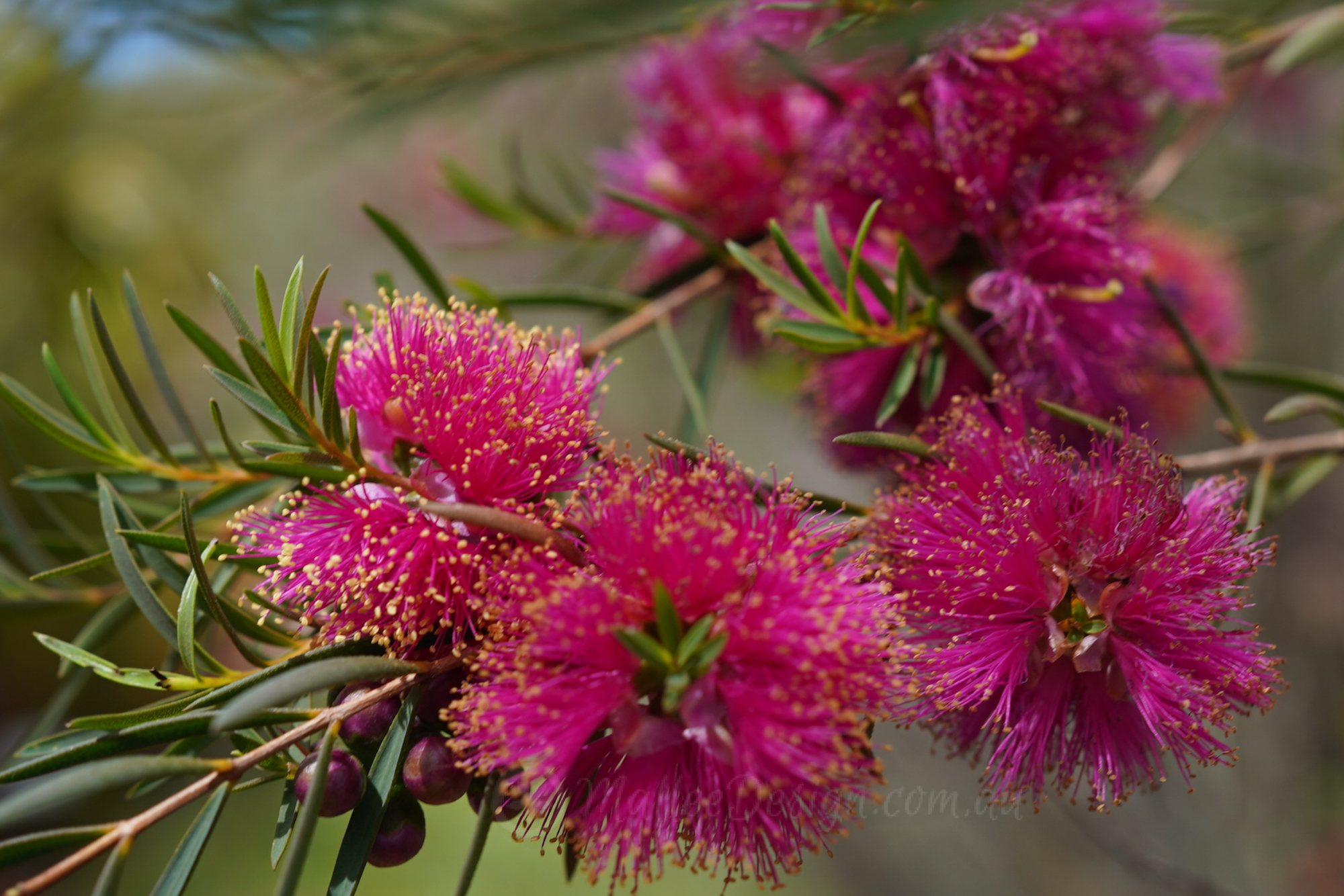
Distinct hot pink: Melaleuca fulgens
Melaleuca fulgens hails from the West of Australia, no surprise there, however it can be found growing in the southern and eastern states quite happily. This species has a long flowering period from Winter through to Summer and as the blooms are such a bright highlight it is hard to miss. This is the pink…
-

Another furry leaved beauty: Lasiopetalum baueri
This is commonly known as Slender Velvet Bush, which is a most apt description of this interesting under-storey shrub. Lasiopetalum baueri has rusty coloured , furry new growth and pretty delicate pink flowers in Winter. The dried flowers are long-lasting and have potential as a cut flower and the attractive foliage lasts for ages in…
-
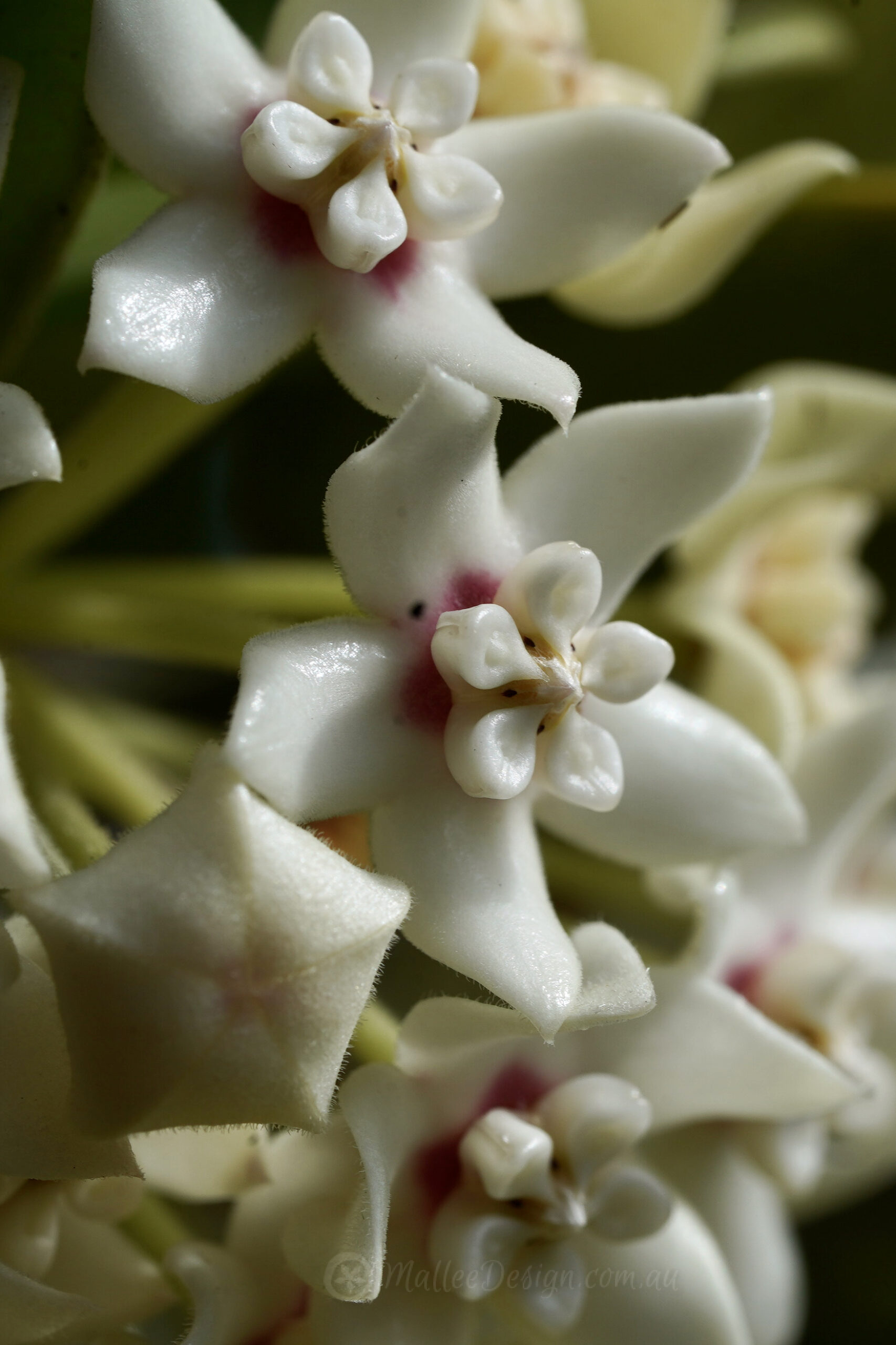
A flower within a flower within a flower … Hoya australis
This is Hoya australis or Wax flower and I have taken some close up photos which demonstrate perfectly why this umbel has been given its common name. I find this one of the most curious flowers from our native vine species, it is a large highly perfumed umbel of tiny wax like flowers which is…
-
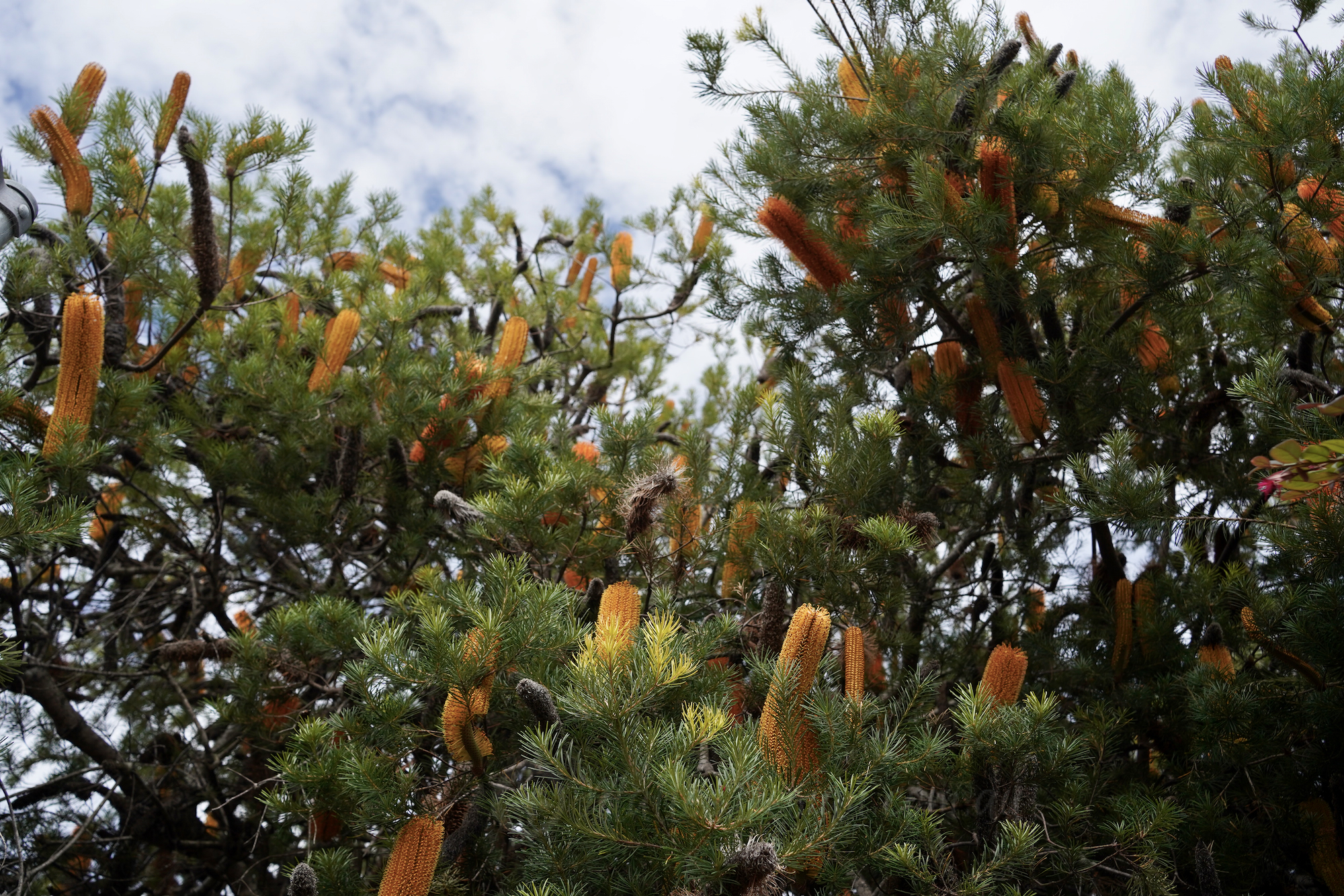
The show stopping: Banksia ‘Giant Candles’
This superb specimen of Banksia ‘Giant Candles’ forced me to drive around the block a couple of times before I could find a park and give it the photo shoot it deserves. This extra large shrub or, as I prefer to call it, small tree is a cross between Banksia ericifolia and Banksia spinulosa. Somehow…
-

The most weeping of the weeping: Myoporum floribundum
I am obsessed with plants with a weeping habit or drooping foliage, some people find them sad and depressing looking but they are my favourite. There are many native plants with soft long leaves or gently falling branches, they can create dense screens, focal points or backdrops. Weeping foliage in a garden gives a relaxed informal…
-

A spikey, perfumed tangle of Grevillea flexuosa
This is a wonderfully messy Grevillea that likes to sprawl all over the place. Its stems literally get tangled in themselves and the leaves are stiff and spikey so they can almost grab onto other plants to hoist themselves towards the sunlight and as its name implies it is so very flexible 😉 Grevillea flexuosa…
-
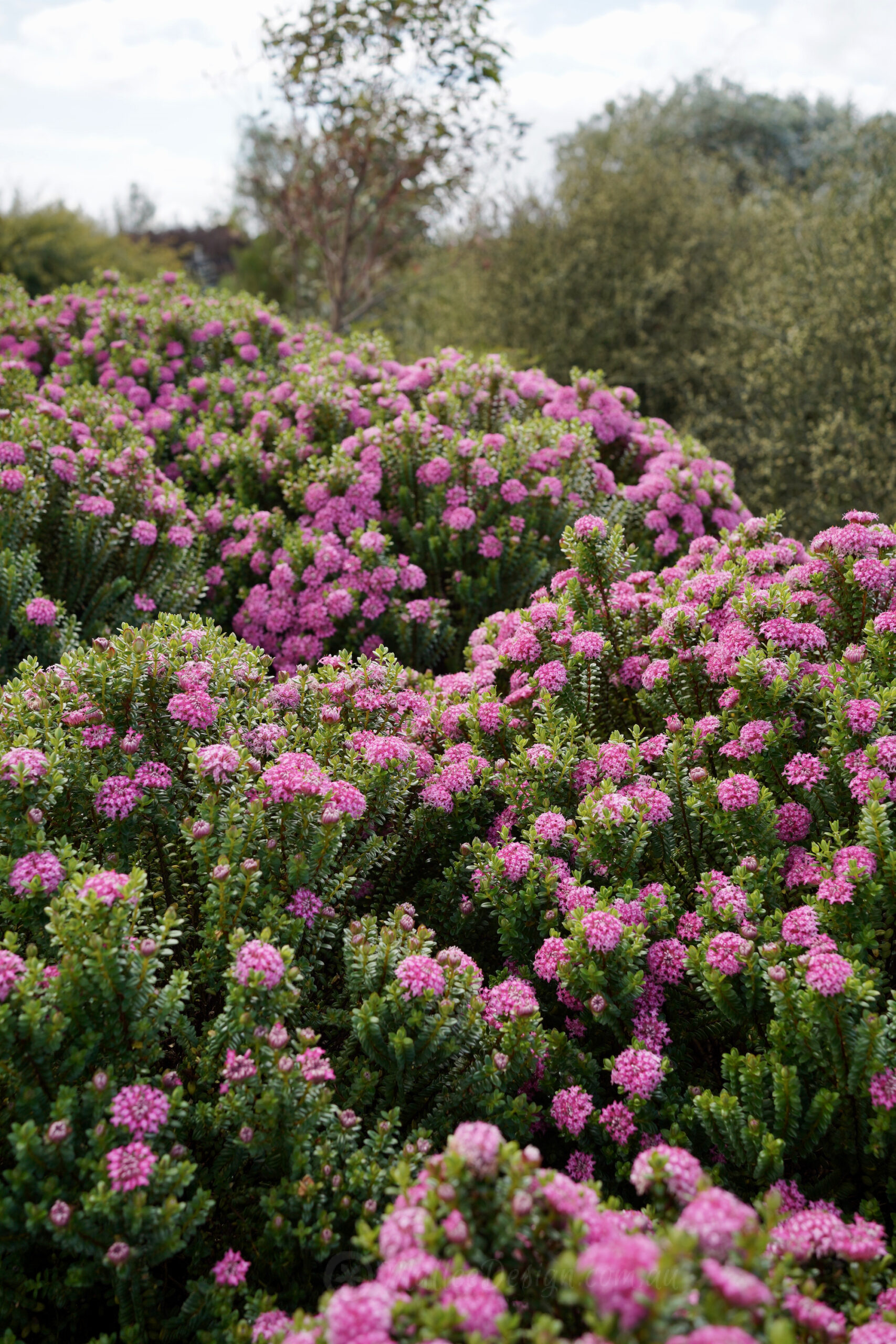
Pimelea: which one is which
I love Pimeleas, they seem to always be in flower and each state has its own unique species. Pimelea’s are a stunning addition to a garden or even a pot. They put on a show with a mass of flowers and the butterflies love them . But which one is which? We are trying our…
-
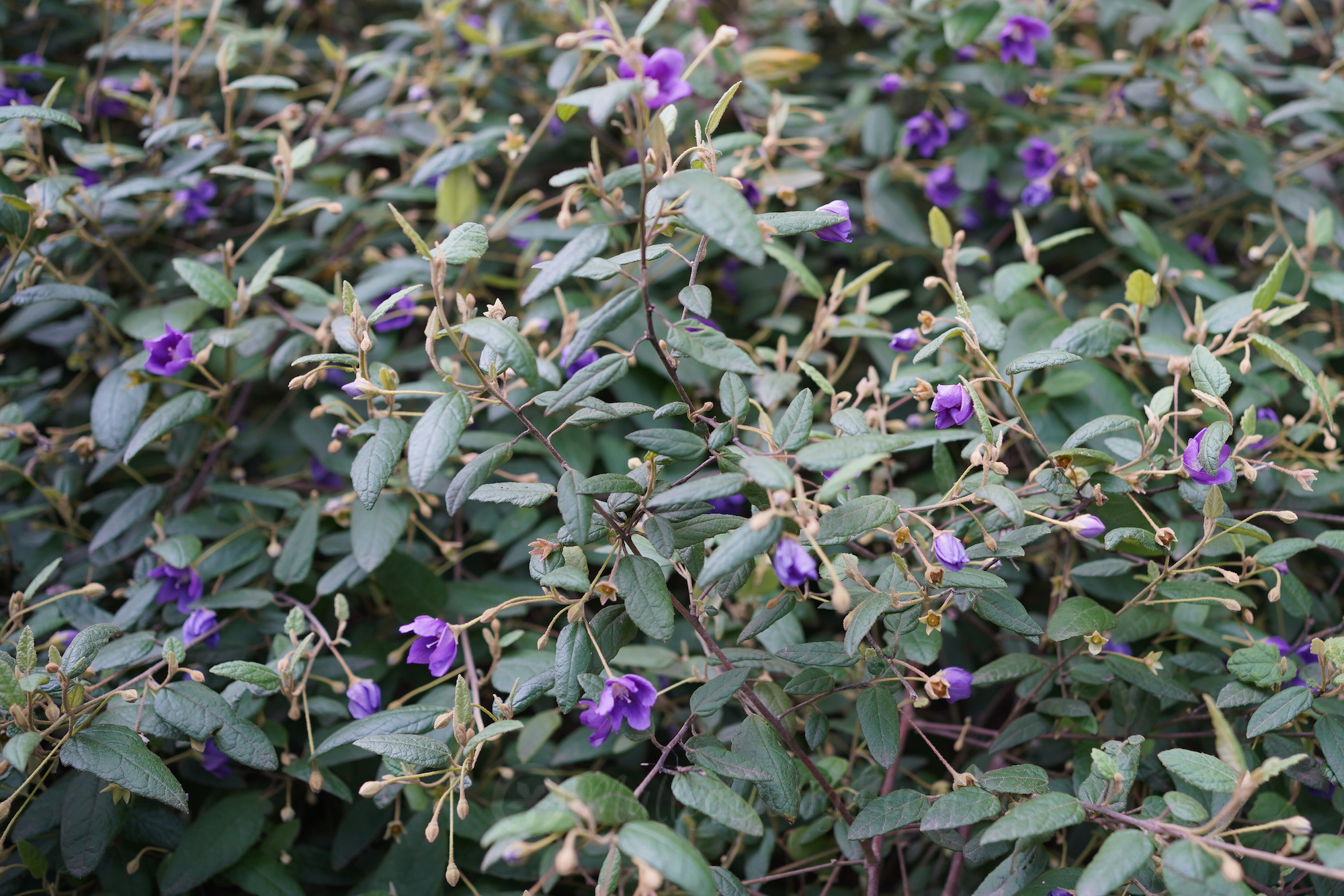
One of a kind: Howittia trilocularis
I discovered this unusual large native shrub in Cranbourne Botanical Gardens on my visit last year. I have never heard of it before but it instantly struck me with its deep purple flowers and small hairy leaves. It was planted as an understorey back drop shrub in one of the garden beds under the canopy…
-

The limitless potential of Thomasia solanacea
I have written about this genus before but thought this species needs its own space on the blog as it really is an extremely versatile medium shrub. It is one of those plants for a trickier spot in the garden as it loves a dry shady position. It is endemic to south-west WA, it is…
Author: Kath Gadd

